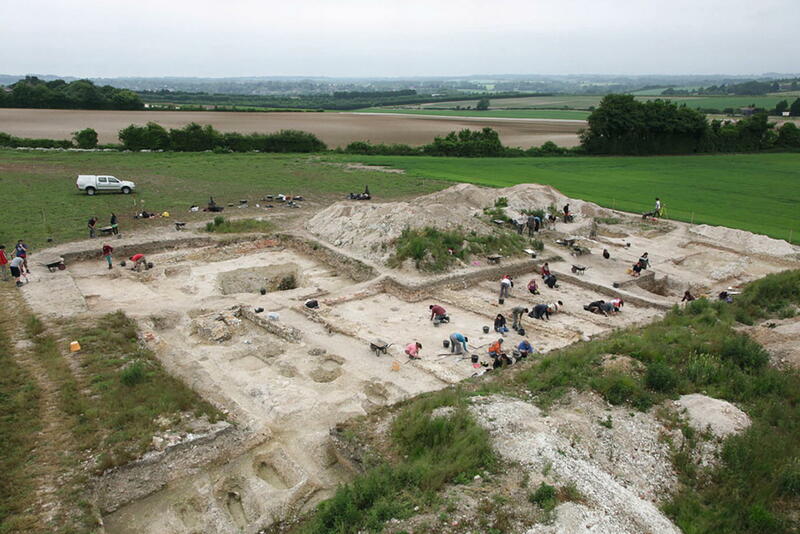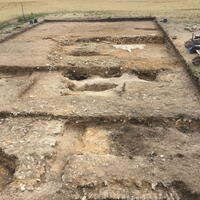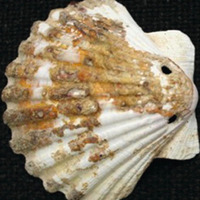Leprosarium of St. Mary Magdalen
Date:
Founded in the later tenth century
Location or Findspot (Modern-Day Country):
United Kindgom
Description:
Leprosy, also known as Hansen's disease, first appeared in England in the fourth century and became endemic by the eleventh. Many medieval leprosaria (leper hospitals) functioned as religious communities with a focus on care. The leprosarium of St. Mary Magdalen in Winchester may be the earliest surviving hospital in Britain. Excavations led by the Magdalen Hill Archaeological Research Project (MHARP) revealed the remains of an early timber structure, a masonry chapel, and a cemetery. Some of the skeletal remains, many of which showed signs of leprosy, were radiocarbon dated from 970 to 1030. A later burial included a twelfth-century scallop-shell pilgrim's badge.
Attitudes towards leprosy varied enormously throughout the Middle Ages. In some cases, the suffering associated with the affliction was seen as a mark of divine favor. The bishop and theologian St. Hugh of Lincoln (ca. 1135–1200) compared it to Christ's own suffering. Illustrations of leprosy are generally of two types: as part of narratives focusing on the power of a healer (e.g., Christ healing a leper in the Gospels of Otto III) or as an indication of moral deviance, with leprosy being seen as a punishment for and external sign of a person's sinful nature. For example, a moralized Bible of the thirteenth century pairs the Fall of Man and images of queer sexual encounters with a representation of Christ pushing a leper into hell.
Attitudes towards leprosy varied enormously throughout the Middle Ages. In some cases, the suffering associated with the affliction was seen as a mark of divine favor. The bishop and theologian St. Hugh of Lincoln (ca. 1135–1200) compared it to Christ's own suffering. Illustrations of leprosy are generally of two types: as part of narratives focusing on the power of a healer (e.g., Christ healing a leper in the Gospels of Otto III) or as an indication of moral deviance, with leprosy being seen as a punishment for and external sign of a person's sinful nature. For example, a moralized Bible of the thirteenth century pairs the Fall of Man and images of queer sexual encounters with a representation of Christ pushing a leper into hell.
Relevant Textbook Chapter(s):
6
Repository and Online Resources:
• Read more about the leprosarium of St. Mary Magdalen and the archaeological excavations.
Image Credits:
Simon Roffey



